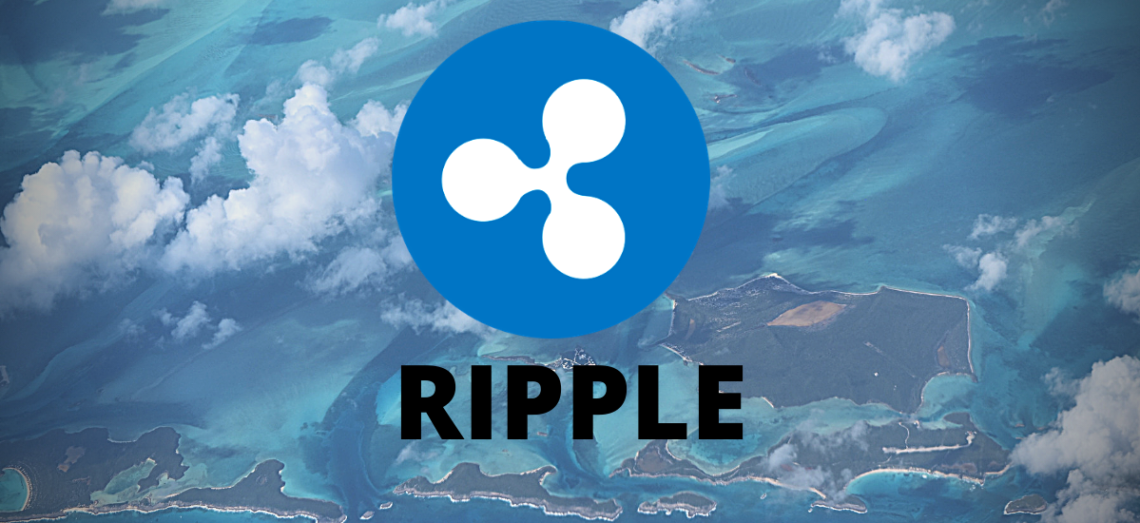- Ripple, the famous all-encompassing digital payments interface, is poised to release a newer version of their server software, Rippled.
- Move expected to improve speed of verifying nodal data and reducing memory usage by 50%.
- Fundamental structure of Rippled software improved for better efficiency.
In a welcome move for blockchain buffs and green blockchain supporters, the world’s third most popular crypto payments interface, Ripple, has developed a newer build of their server software that is proven to cut memory usage by about 50%.
Ripple Version v1.7.0
Rippled is the server-side software that is used to track all transaction records in the Ripple network. It is done through a reference instantiation of its XRP ledger. As it is written in C++, developers spent some serious time in rewriting fundamental aspects of software. As a result, they succeeded in designing the newest version (v1.7.0.). The latest version’s improved memory efficiency and speed is expected to trickle down to all real-world node operators.
Ripple Initial testing
Ripple’s CTO, David Schwartz, reported in December 2020 that initial testing of the software exceeded expectations. To simulate a reboot or a code update, the server was shut down for a minute and then restarted. The optimized version with a peak of 327,000 nodes/second took 37 seconds and a memory of 2.2GB. Whereas, the older version had a peak of 73,000 nodes/second in 82 seconds with a memory of 5.2GB. Statistical analysis points to a memory (RAM) usage reduction of roughly 50%.
Fundamental Structure
One of the most crucial aspects of the Rippled reference implantation of its XRP ledger is its storage of data in a tree-like structure termed as SHAMap. This data structure stores the very state of the ledger including the accounts, settings, balances and exchange orders among others. Initial developers set the branching factor to 16, however such a case was very rarely achieved in any practical scenarios. Thus, they altered the structure to access only those handful of nodes that were actually required to be accommodated during run-time.
Impact on climate
Blockchains are notoriously infamous to leave a large carbon footprint. Ripple however manages to tackle this issue to a large extent via its consensus protocol. The newer version is all set to improve upon that even further as computing resources, specifically RAM usage, would reduce thereby reducing the extent of energy required to maintain the Ripple XRP ledger. As the world eagerly awaits, Ripple promises to release v1.7.0 soon on the Ripple network.

Andrew is a blockchain developer who developed his interest in cryptocurrencies while pursuing his post-graduation major in blockchain development. He is a keen observer of details and shares his passion for writing, along with coding. His backend knowledge about blockchain helps him give a unique perspective to his writing skills, and a reliable craft at explaining the concepts such as blockchain programming, languages and token minting. He also frequently shares technical details and performance indicators of ICOs and IDOs.


 Home
Home News
News










